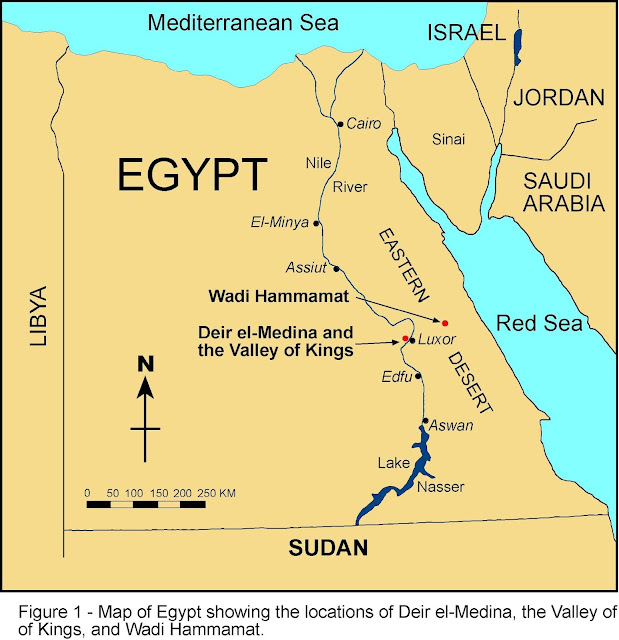Arab Spring in Tunisia
ARAB
SPRING IN TUNISIA
Introduction:
TUNISIA is a North African state, shares a border with Libya
and Algeria and two-sided connected with the Mediterranean Sea & Sahara
Desert.

Tunisia was the first Arab state who faced Arab spring in 2010. That time Ben Ali was a ruler. The revolution of
Tunisia was also is known as the Jasmine revolution. That was a 28 days
campaign against the government. The revolution starts in December 2010 and
ended in January 2011 and the rule of Ben Ali overthrown in 28 days.
Ben Government:
Ben ruling the government since,1987, through RCD
(Democratic Constitutional Rally) party. The government of Ben characterized by
the development of the Tunisian private sector in favor of foreign investments.
The economical condition of Tunisia was far better than other North African Arab
States but the prices of food and the market ware too high for people and youth
facing the problem of unemployment. On the other hand, corruption, political
repression and social inequalities became the main reasons for Tunisia
rift.
Background:
The rift started in Dec 2010, when a fruit vendor, who was
graduated, have a degree but couldn’t have a job was subject to violence by the
police in TUNISIA. He was not allowed to-settle his fruit cart on one side of
the road. They (Police) destroy the cart
and as a result, he set himself on fire. He was being shifted to the hospital
eventually he died. This incident gives
rise to nationwide protests against the state and rulers.
Protest:
In the protest, youngsters participated because they are
facing the same problem of unemployment. The protest started badly they called
the change in government that the government is unable to address the issue of
employment, income gap. The government
not giving respect to human rights.
People demanded Ben Ali should step down and called for
election and the era of the long rule of Ben should be ended. The election should encourage n
constitutional changes, democratic, principals, employment opportunities and Strong
legislature for transparency and accountability freedom of expression. Eventually, Ben Ali decided not to step-down.
First, on 29 December Ben Ali proposed reforms at that time
to stop the protest and he was successful initially. He shuffled his cabinet
and took changes in trade handicrafts, regional affairs, communication, and
youth proliferation. Also removed communication Minister Oussama and on January
2011 Ben said 3,00,000 jobs created for
youth. Initially, the protest stopped
but after some time again started because the wishes, demands, and plans of
public were not completed by the government and Ben and similar incidents took
place.
The protest was high from 18 Dec to 14 Jan government used
force tortured those people who were against the legitimate government. In this
torture, 338 people have died. Also on
10, January the government announced the closure of schools and universities to
quell the unrest He announced not to change the present constitution which
would require him to set down in 2014 due to his age. And that point of time the other Arab States
Syria, Libya, Egypt, and Yemen also gradually become part of these waves of
protest which is called the Arab Spring.
In Tunisia government used force against people and people
become more aggressive and more hatred increasing in people against the
government. In that situation, the government enforced curfew they shall use all
mixed of transportation set down and technological use also shut down.
Because of this massive range of protest and curfew on 14
Jan 2011, Ben Ali officially Resigned from his designation and on 15 January on
National Television officially announced his resignation. Ben call the election
after 6 months. This day sparkled more inspiration to go to the other Arab states
that they also could call a change in government through protest.
Aftermath of Ben Government:
After resignation emergency was imposed by the government and
army controlled the country and political anarchy had erupted Sail break incidents
also increased. In an emergency, Rashid Ammar took a pledge to protect the
revolution and Prime Minister Ghannouchi became acting President.
1. Ghammouchi
government:
After Ben, Ghannouchi became an acting president and a
caretaker of government from 15 January to 27 February 2011. It was a time when
arm forces along with Ghannouchi who was a leader of Ben Ali party RCD announced
his cabinet. The cabinet has former members from the Ali government. The people
who didn’t accept this setup protest continued in Tunisia. People didn’t want to have and the same
members in power. Anarchy continued in Tunisia throughout January. It seemed that
that’s is a new government most of the member’s people. Because of pressure o
27 February, Ghannouchi resigned. The election decided to held in mildly July
but postponed due to the position of a country.
2. 23 October
Election:
The October election was the first free election of Tunisia
after the independence in 1956, as well as, the first election in the Arab The world held after the Arab Spring. The election appointed members to a
Constituent Assembly charged with rewriting Tunisia Constitution. Formally
banned Islamic Party Ennahdawhich was legalized in March and won 41 % vote in
elections. And became the highest polls showed party with 89 seats in
government.
The protest and election also affected the state’s position
and situation. The state faced a refuges crisis of 4,000 people who landed on
the Italian island, faced the fall of the stock market of 9.3 % and also faced
regional instability as other Arab states also stuck with the same conditions.
But Among other Arab States, Tunisia is a state who come out of the revolution
and held the first election of the country in the region.






Thank you so much
ReplyDeleteThis comment has been removed by a blog administrator.
ReplyDelete